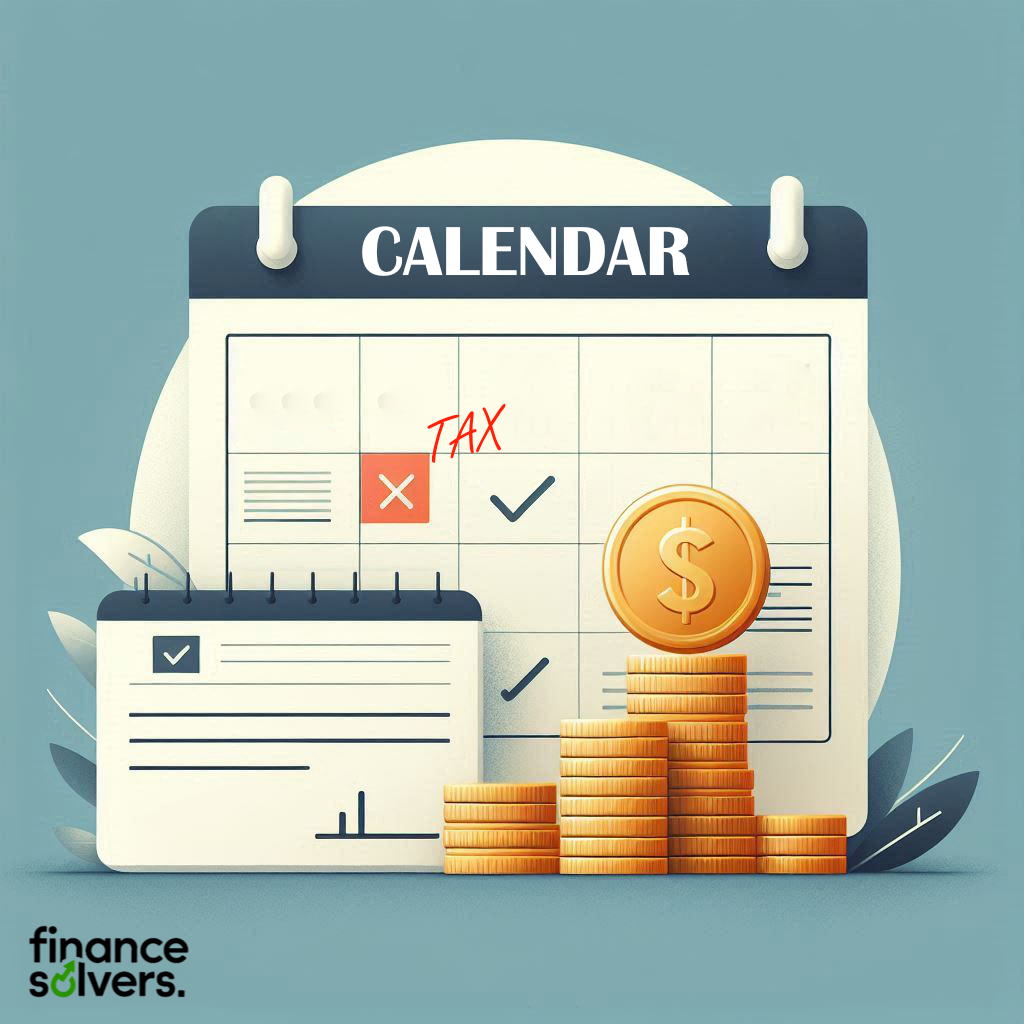Tax season isn’t just about filing paperwork-it’s a prime opportunity to optimize your finances, boost your refund, and set yourself up for greater savings. With a little proactive planning and the right strategies, you can make tax time work for you, not against you.
1. Set Clear Financial Goals for Your Refund
Before spending your refund, define your top financial priorities. Are you focused on building savings, paying down debt, or investing for the future? A clear goal helps you use your refund wisely and avoid impulse spending.
2. Pay Down High-Interest Debt
Using your refund to pay off credit cards or loans with high interest rates is one of the smartest moves you can make. This reduces your future interest payments and frees up cash flow for other goals.
3. Build or Replenish Your Emergency Fund
A robust emergency fund is your safety net for unexpected expenses. Consider allocating a portion of your refund to reach the recommended 3–6 months of living expenses.
4. Maximize Retirement Contributions
Contributing to tax-advantaged accounts like 401(k)s, IRAs, or HSAs can lower your taxable income and grow your savings for the future. For 2025, 401(k) and IRA contribution limits have increased, so take full advantage if you can.
5. Take Advantage of Tax Credits and Deductions
Review all available credits (like the Child Tax Credit or education credits) and deductions (such as charitable donations, mortgage interest, or student loan interest). These can significantly reduce your tax liability and increase your refund.
6. Adjust Your Withholding
If you consistently receive large refunds, consider adjusting your W-4 to keep more of your money throughout the year. This prevents giving the IRS an interest-free loan and can help with monthly budgeting.
7. Time Your Payments and Contributions
Make deductible payments-like mortgage interest or charitable donations-before year-end to maximize your deductions for this tax year. If you’re self-employed, purchase business equipment or pay expenses before December 31 to qualify for deductions.
8. Organize and Track Your Tax Documents
Keep thorough records of income, expenses, and receipts. Use digital tools or apps to stay organized, making it easier to claim all eligible deductions and credits.
9. Consult a Tax Professional
Tax laws change frequently. A qualified tax advisor can help you identify new opportunities, avoid mistakes, and create a personalized strategy to maximize your refund and savings.
10. Plan Year-Round
Don’t wait until tax season-review your tax strategy regularly to align with life changes and new laws. Proactive planning helps you stay ahead and make the most of every dollar.
Conclusion
With these tax planning tips, you can turn tax season into a time of financial opportunity. By paying down debt, boosting savings, and leveraging every available credit and deduction, you’ll maximize your refund and set yourself up for long-term success.


